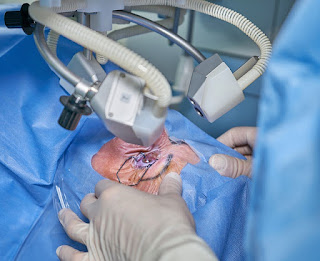Case Review: Diversified Wound Management with A Dual-Purpose Wound Occluding Honey Based Ointment
The correct and effective management of wounds remains challenging within the wound care discipline even though much effort and attention
has been directed toward novel technologies and advanced approaches. As wound healing takes place in four stages, the selection of the appropriate
treatment, depending on the respective stage on the patients’ wound, is crucial. In addition, identifying the type of wound might be difficult in some
cases, which in combination with the aforementioned further complicates appropriate wound management. This article discusses a single product
wound management, by means of case studies, in an attempt to describe a simplified and possibly cost-effective way to manage wounds effectively.
The efficient and proper management of wounds remains a
clinical problem, frequently causing morbidity and mortality due
initial and delayed complications. Consequently, a substantial
amount of research has been conducted to identify and continuously develop novel therapeutic approaches and technologies for the
management of acute and chronic wounds.1
The development of
new approaches however requires understanding the physiological
trajectory of normal wound healing,2
described as the phases of hemostasis, inflammation, proliferation, and remodeling. The wound
healing process is a complicated and intricate process. The stages
of wound healing do not occur in isolation as considerable overlapping transpires between the stages. Wound healing, sometimes
called the healing cascade, is generally described in four distinct
phases.
https://www.stephypublishers.com/mrprs/pdf/MRPRS.MS.ID.000518.pdf



Comments
Post a Comment